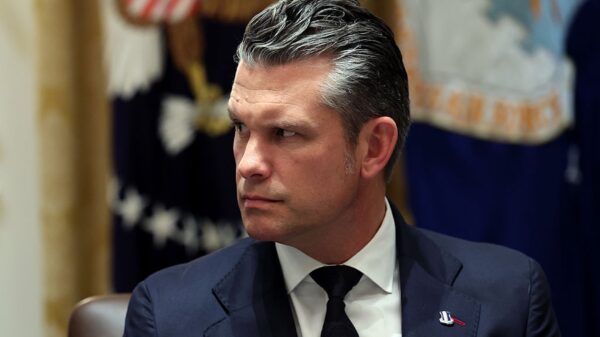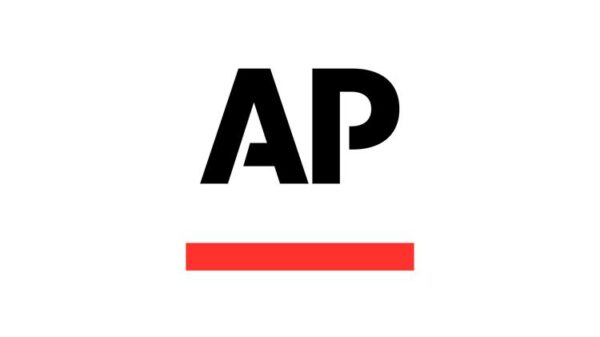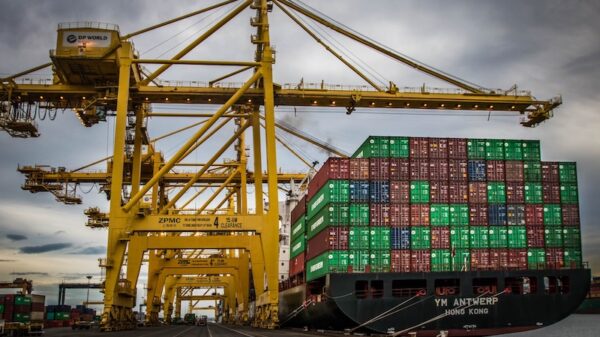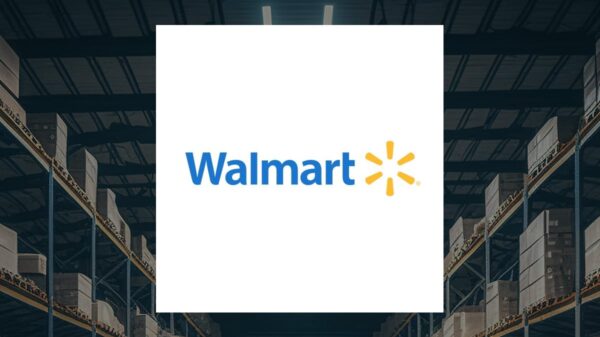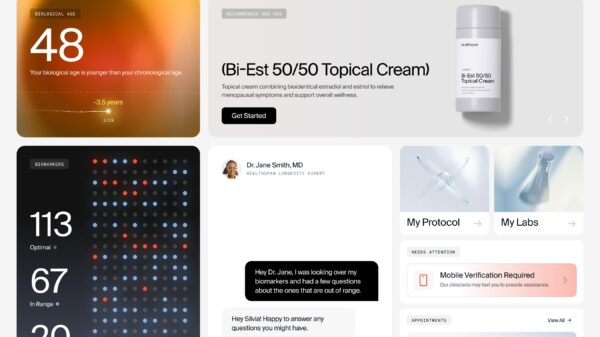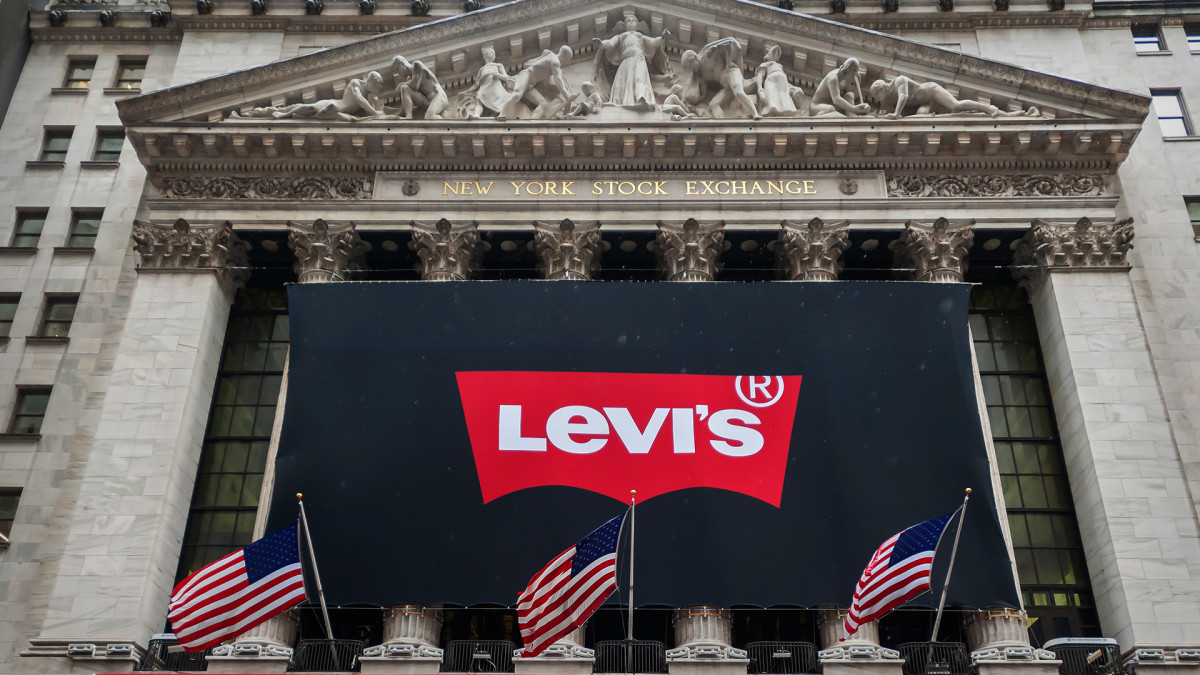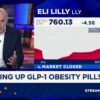UPDATE: Levi Strauss & Co. has just announced a strategic plan to counteract looming tariff increases as the holiday season approaches. With the potential for tariffs to rise to an alarming average of 20.6% starting August 1, 2025, the retail giant is taking swift action to mitigate cost pressures that could impact consumers and its bottom line.
The urgency of this situation stems from President Donald Trump’s recent statements about increasing tariffs on major trading partners, including the European Union and Japan. This shift in policy signals a significant change in the business landscape, compelling retailers like Levi’s to adapt quickly in order to maintain profitability.
During the company’s earnings call on July 10, 2025, CFO Harmit Singh revealed that Levi’s will streamline its product offerings by eliminating low-volume SKUs. This decisive move aims to enhance operational efficiency and reduce the need for steep discounts during the busy shopping season. Singh emphasized that a leaner inventory will help the brand avoid markdowns, ensuring they can maintain price integrity amidst rising costs.
CEO Michelle Gass highlighted that Levi’s is absorbing some of the tariff costs, a strategy aimed at sustaining customer loyalty while navigating the challenging economic environment. The company has reported its 13th consecutive quarter of growth in direct-to-consumer sales, showing resilience in a fluctuating market. Revenue for the second quarter surged to $1.45 billion, a 6% year-over-year increase, and adjusted earnings reached $0.22 per share, exceeding Wall Street expectations.
Levi’s is also diversifying its supply chain to minimize exposure to tariff impacts, sourcing products from countries such as Bangladesh, Cambodia, and Egypt, while reducing reliance on China to just 1% of U.S. imports. This proactive strategy positions the company to better navigate geopolitical challenges and meet consumer demands efficiently.
Analysts reacted positively to Levi’s proactive measures, with the stock price jumping over 7% in pre-market trading following the earnings report. Dana Telsey, a prominent retail analyst, praised the company’s successful transition toward a direct-to-consumer model and its focus on popular styles like wide-leg jeans and nostalgic women’s fashion.
As the holiday shopping season looms, Levi’s is not only focused on minimizing tariff-related costs but is also optimizing its inventory to align with evolving consumer preferences. By concentrating on trending products, such as wide-leg jeans and “jorts,” the brand is poised to maintain a competitive edge in a rapidly changing retail landscape.
With the situation developing and the potential for tariff increases just around the corner, all eyes will be on Levi’s as it navigates these challenges and continues to adapt to the shifting demands of the market. Consumers and investors alike are urged to watch closely for further updates as the company implements its new strategies in real-time.








